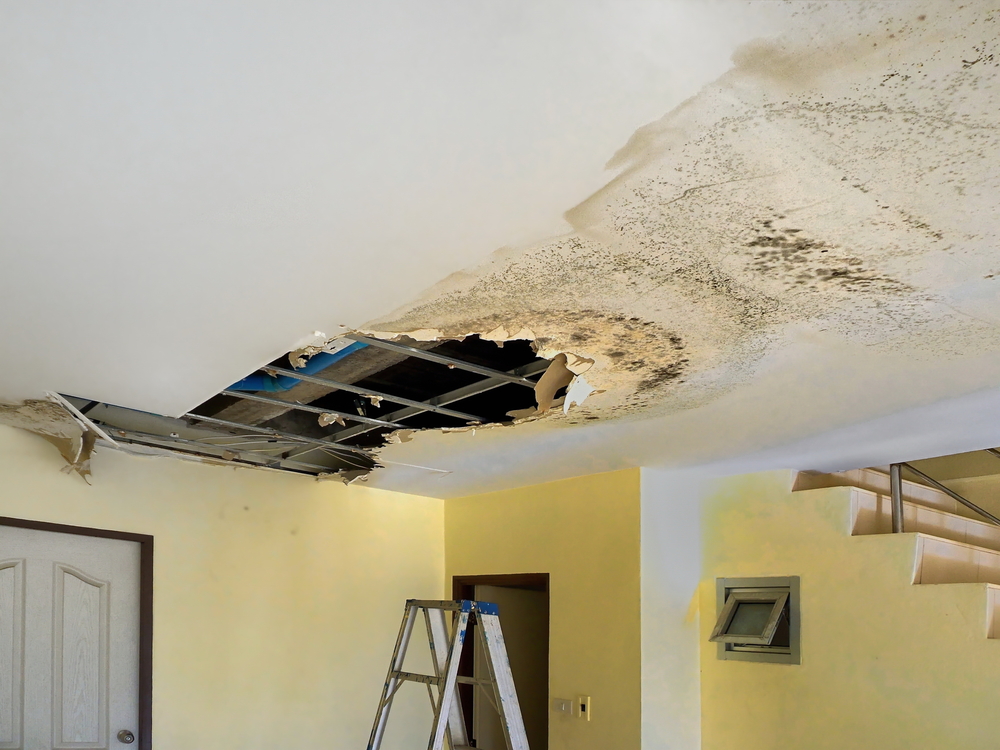Presented here in the next paragraph you can find a bunch of sound facts pertaining to Finding hidden leaks.

The moment you discover a leakage, calling your plumber for repair services is the most effective option. However, some little water leakages might not be visible. Right here are some hacks that assist if you can not identify it with your nude eyes.
Early discovery of dripping water lines can minimize a possible disaster. Aside from saving you money, it will lessen the irritation and irritation.
Inspect Water Usage
If you identify unexpected changes, despite your intake being the very same, it indicates that you have leaks in your plumbing system. A sudden spike in your costs shows a fast-moving leak.
A stable increase every month, also with the exact same routines, shows you have a slow-moving leak that's also gradually intensifying. Call a plumber to thoroughly examine your home, specifically if you really feel a cozy area on your flooring with piping underneath.
Check as well as Analyze the Scenario
Homeowners should make it a habit to check under the sink counters and also inside cabinets for any kind of bad odor or mold and mildew development. These two warnings suggest a leak so timely attention is needed. Doing routine examinations, also bi-annually, can save you from a significant issue.
Examine the Water Meter
Every residence has a water meter. Examining it is a surefire way that helps you find leakages. For starters, turn off all the water resources. Guarantee nobody will flush, utilize the faucet, shower, run the cleaning machine or dishwasher. From there, go to the meter and watch if it will change. Because no person is using it, there need to be no movements. If it moves, that suggests a fast-moving leakage. If you identify no changes, wait an hour or two as well as check back again. This indicates you may have a slow-moving leakage that can also be below ground.
Asses Exterior Lines
Don't forget to examine your exterior water lines as well. Ought to water seep out of the link, you have a loose rubber gasket. One tiny leakage can lose bunches of water as well as spike your water costs.
Do a Food Coloring Examination
30% comes from bathrooms when it comes to water consumption. Examination to see if they are running correctly. Drop flecks of food color in the container as well as wait 10 minutes. If the shade somehow infiltrates your dish during that time without flushing, there's a leak in between the storage tank as well as dish.
More significantly, if you know your house is already old, maintain a watchful eye on your heaters, tubes, pipes and so on. Check for stainings and damaging as many pipelines and devices have a life expectancy. They will certainly likewise normally deteriorate as a result of tear as well as wear. If you believe leaking water lines in your plumbing system, do not await it to escalate. Call a professional plumber today so you don't end up with a terrible mess in your house.
The minute you locate a leakage, calling your plumber for repairs is the best service. Some little water leakages might not be noticeable. Checking it is a surefire method that assists you find leaks. One small leak can squander heaps of water and also increase your water bill.
If you suspect leaking water lines in your plumbing system, don't wait for it to escalate.
How to Know If Your Home Has a Hidden Leak
Water Meter Reveals Inexplicable Water Usage
If you’d like to test whether or not there’s a leak somewhere in your home, you can do this using your water meter. Here is how to conduct the test:
Don’t use any water in your home for at least 30 minutes; this also means not turning on faucets or water-using appliances.
Go outside, and check your water meter for activity.
If your water meter shows that there was activity, even though no one was using any water, this proves that there is a leak in your home.Visible Mold or Mildew Growth
Leaks behind walls create moist, dark environments that allow mold and mildew to grow and thrive. Eventually, you might see mold growth forming on the wall closest to a hidden leak.
If mold is growing in an area that receives a high amount of moisture, such as a bathroom, it may simply be an indication that better ventilation is needed. However, if you see mold growth on a wall or the ceiling in an area where you would not expect, you probably have a hidden leak.
Musty, Mildew Odor
Sometimes you might not be able to see the mold or mildew that is growing as a result of a leak. However, the smell can give the problem away just as easily. If you catch a whiff of something musty, there’s a good chance that old water is collecting somewhere in your home that you can’t see.
Stained/Warped Walls, Ceilings, or Floors
When your home soaks up water, a variety of red flags can become visible, including ceiling stains, bubbling drywall, warped walls, and sagging floors. While these issues can be caused by excess humidity, they can also be signs that a pipe or plumbing connection has started leaking behind your walls.
Inexplicably High Water Bill
After a while, you get a general sense for what your water bill should be. If you own a pool or sprinkler system, your bill will tend to be higher during summer. However, if you receive a water bill that seems especially high, and you can’t figure out what caused it, then you may have a hidden leak somewhere that’s increasing your bill.
https://www.plumbingjoint.com/blog/2019/july/how-to-know-if-your-home-has-a-hidden-leak/

I was shown that article on Hacks to detect leaks through a good friend on a different domain. Loved our content? Please share it. Help other people discover it. Thanks a lot for taking the time to read it.